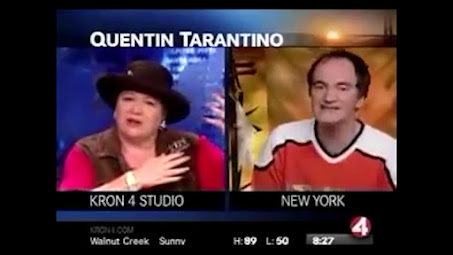The Big Bang Theory Theory
 |
| The Anxiety of Influence |
In the preface to the second edition of The Anxiety of Influence, Bloom uses Shakespeare’s artistic struggle against Marlowe to explain the Bard’s development as a playwright and poet. Of particular interest is his comparison of Shakespeare’s The Merchant of Venice and Marlowe’s The Jew of Malta. Marlowe’s Barabas is an outright caricature; an unrepentantly evil figure cobbled together from centuries of anti-Semitic propaganda. Shakespeare’s Shylock, meanwhile, is presented as a complicated man who nonetheless falls into the same behaviors as his antecedent. Shylock is not so easily dismissed as Barabas, Bloom argues, and it is for this reason he is a more pernicious character. Shylock at once confirms the audience’s anti-Semitic prejudices while also allowing them to feel as though they’ve given him a fair shake and still found him wanting.
 |
| "One by one, they all just fade away..." |
A similar dynamic has played out between Chuck Lorre and Dan Harmon with The Big Bang Theory and Community. Lorre’s autistic nerd (Sheldon) is more or less one dimensional. But Harmon can’t do this; he sees too much of himself in Sheldon’s ceaseless pedantry. And thus Abed is born. Abed is detached from the events of Community—he is the ultimate audience stand-in. As he exists in a sitcom, his knowledge of the form allows him to navigate “the world” as, if not more, effectively than the characters who dismiss him (Jeff, Pierce, Britta, Annie). In fact, the typical episode of Community sees Abed teaching the gang a lesson; whereas in The Big Bang Theory, it is more often Sheldon who learns to become more human.
 |
| "Bazinga," indeed |


Comments
Post a Comment